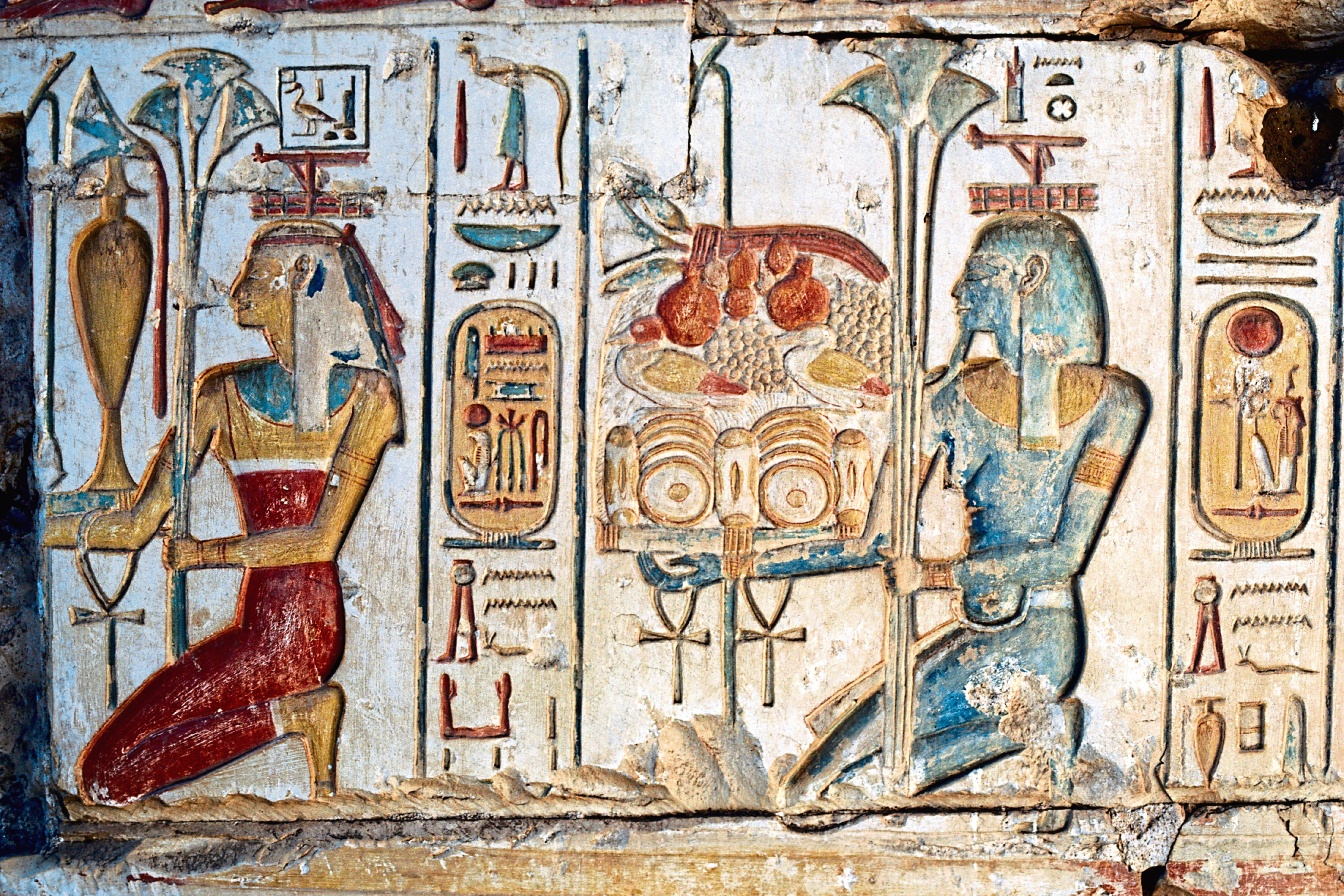

The early part of the dynasty saw a renewal of Egyptian civilisation, as Alexandria became the only city in the ancient world to rival the power and glory of Rome. the Egyptians began using “demotic” (which was even more simplified cursive script than hieratic) for business and literary texts.ĭuring the Ptolemaic period (305 to 30 B.C.) Egypt was ruled by a Greek dynasty descended from Ptolemy (Alexander the Great’s general). Hieroglyphs continued to be used on religious and monumental architecture, but hieratic took over for religious texts on papyrus and record-keeping. The script was based on hieroglyphics, but the signs were greatly simplified and so better suited to writing on papyrus. By the first dynasty (around 2900 B.C.) the Egyptians had developed a simplified cursive script known as “hieratic”. Hieroglyphs are time consuming to produce and require a great deal of skill and knowledge, so it is only in the early period that we find hieroglyphs written on every type of material and for every purpose. It is also possible that the development of each script was relatively independent and that it was the increase in trade and the growth of stable settlements which prompted the development of each script. There is some evidence of a Mesopotamian influence on pre-dynastic Egyptian culture (such as the use of cylindrical seals and the mythical beast depicted on the Narmer palette), but no evidence of an Egyptian influence in Mesopotamia at that time.

While there is clear evolution between this early writing and the fully formed hieroglyphics of the fifth dynasty pyramid texts, there is no evidence of an earlier stage of development.Ī direct link between the Mesopotamian script and hieroglyphics is unlikely due to the differences in the written language, however it is possible that the Egyptians simply decided to develop their own system when they saw how useful the invention was. The first symbols that represent recognisable hieroglyphic signs appear on early pottery (for example, the zigzag lines depicting water) and many of the standards and conventions of the fully developed script are already in evidence on the Narmer palette. The early hieroglyphic script found in Abydos already included short phrases (although we cannot completely translate their meaning), and so is comparatively developed. but a recognisable system of logograms and phonetic script did not develop until about 3200 to 3100 B.C. Logograms (where a picture represents a word) were developed as early as 8000 B.C. The Mesopotamian writing system developed over a long period of time.


 0 kommentar(er)
0 kommentar(er)
